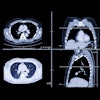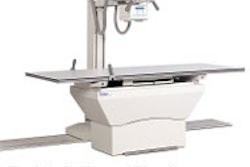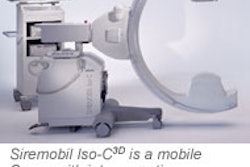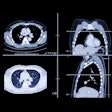Nearly all radiography will be digital in the future. The main benefit of digitization, apart from higher-quality radiographs, is that it enables computerized archival of data and transmission over distance for remote viewing.
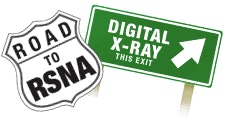
And although the hefty cost of digital units has impeded the technology’s growth, its long-term ability to provide savings will influence the marketplace. Using technology to compensate for staffing shortages and HIPAA record-keeping requirements is pushing digital radiography just as it is PACS.
Local economies will continue to make CR the most popular choice for all but the larger medical centers. But DR manufacturers are coming on the market with larger image receptors, higher resolution, and increased portability for their systems. Increased competition, innovation, and market adoption will eventually yield lower prices.
Of course, CR still has plenty of potential left and prices are dropping. Reconstruction times are coming down to less than a minute, as opposed to a second or two for DR. However, flat-panel vendors are working on products that could erode CR's dominance in the portable arena, with detectors that can be incorporated into portable x-ray systems.
Almost all the major manufacturers are bringing new technology to the RSNA show, whether it’s in the form of all-new systems or less-obvious software and hardware upgrades.
By Robert BruceAuntMinnie.com contributing writer
November 18, 2003

